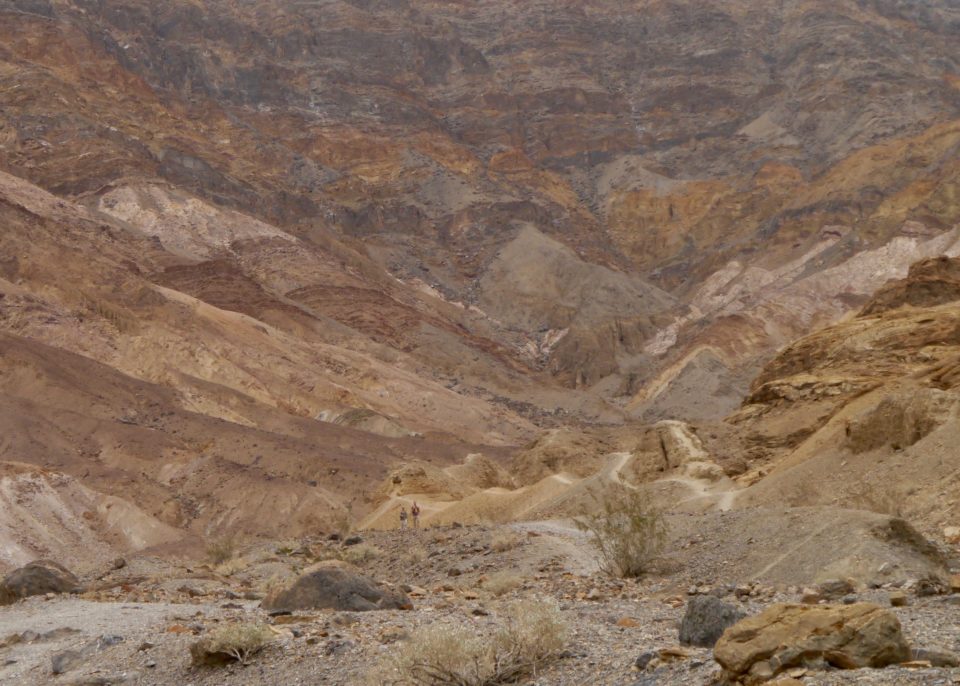
Mosaic Canyon, Death Valley National Park
“To take vision for granted, to be thoughtless about the variety, miracle, and magic of seeing is to limit one’s self to a play-by-play objectification of reality. But to envision the act of seeing as the marriage between the viewer and viewed is to be woven into the fabric of a shifting field of light, of energy, beauty, and all that one may lay eyes upon. It is to recognize that, as in all marriages, there are a thousand ways to honor the union. And as in any intimate relationship, what we bring to the exchange determines the quality of the experience.” ~ Laura Sewall, Sight and Sensibility
This year I’m exploring the subject of relationships in photography and life. In the post below, I’ve summarized Laura Sewall’s writing about ways of seeing and then we’ll focus on the relational aspects.
Ways of Seeing (via Mahayana Buddhism)
1. Parakalpita – categorical way of seeing
This first way of seeing is about how we name, label, and categorize objects. There is little attention or contemplation because we move quickly past (or don’t recognize) our initial perception to cognition. It is that first glance that Thomas Merton talked about, where what is seen (or not really seen) is quickly put into a box. It’s the way many of us see (at least some of the time). And, sometimes it;s necessary for the sake of efficiency. Yet, Thomas Berry says “The world is not a collection of objects, but a communion of subjects.” This takes us to the second way of seeing.
2. Paratantra – relational way of seeing
To see relationally is to take Merton’s closer look. We see how everything fits together and is interdependent with everything else. In a photograph, we see how everything is related within the frame and even outside of the frame. We, as the photographer, are also an integral part of the picture.
3. Parinishpanna – true enlightened perception (non-dual reality)
This third way of seeing is also relational, yet goes even further. As photographers, I think we’ve all experienced this transcendent view at one time or another; moments of awe which are beyond words, where we feel a part of the whole. And, that’s includes mystery.
How can you practice seeing relationally?
As I’ve emphasized before on this blog, perception comes before mental thought. It is felt in the body before we put a label on the experience or subject. Sewall says it is “reciprocal, radically participatory, communal, sensual.” The body is literally possessed by the other. It feels like a jolt of electricity. This is a deep form of communication that fully recognizes the presence and value of the thing seen.
See Into – This is where you begin to see beyond the distinctions between objects to a realm where we see how everything affects everything else in some way. There is no clear edge where something begins or ends. An example would be where land and sea meet. There is no such thing. Or, in the image below where the green and yellow parts of this field meet.
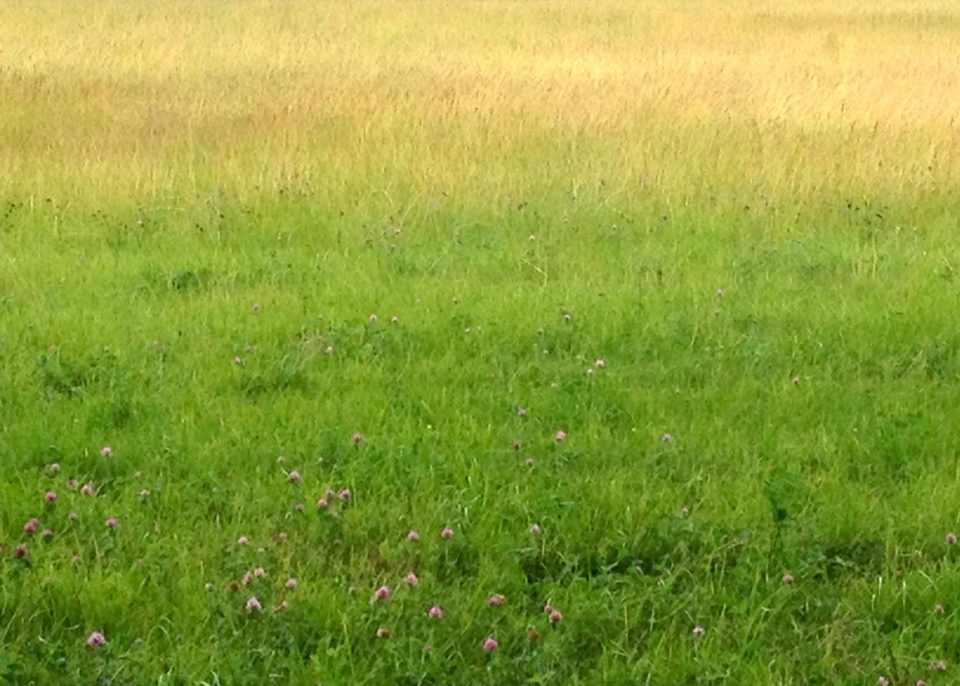
See Change – We can’t see with the naked eye the change that is always ongoing. But, we can begin to recognize the impermanence of life. In the image below, the rock is constantly being worn away. The water and leaves are transient.
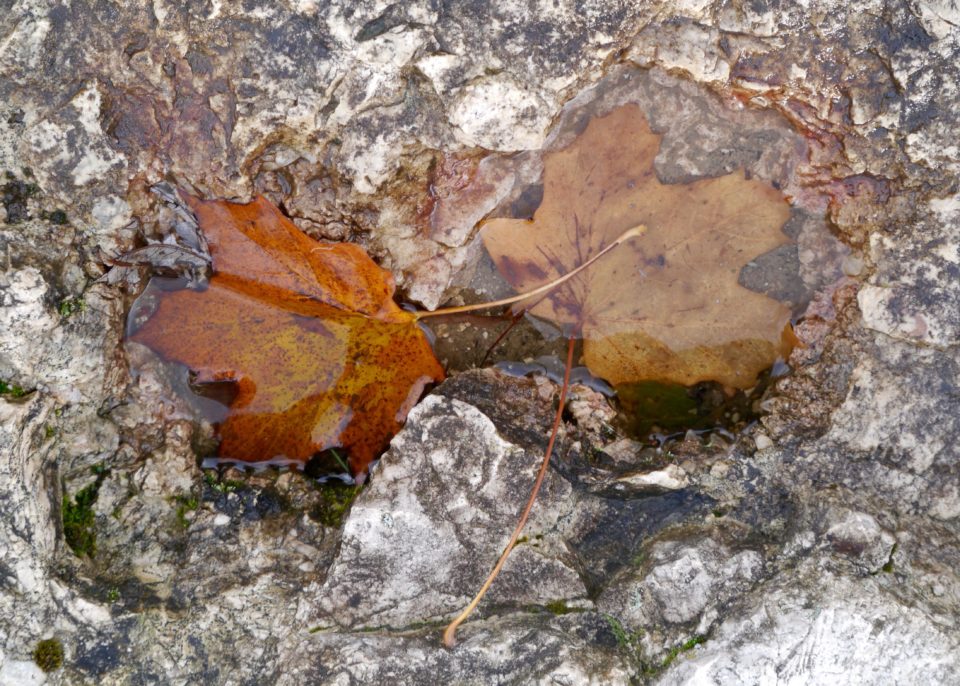
See Beauty – I spoke about this way of seeing in a previous post on the beauty way. It is seeing as beholding, with Thomas Merton’s loving gaze. It’s about having an enhanced sensitivity to that which is beautiful; seeing its integrity and wholeness. I saw this in the rhythms in the sand that are shaped by wind and other forces.
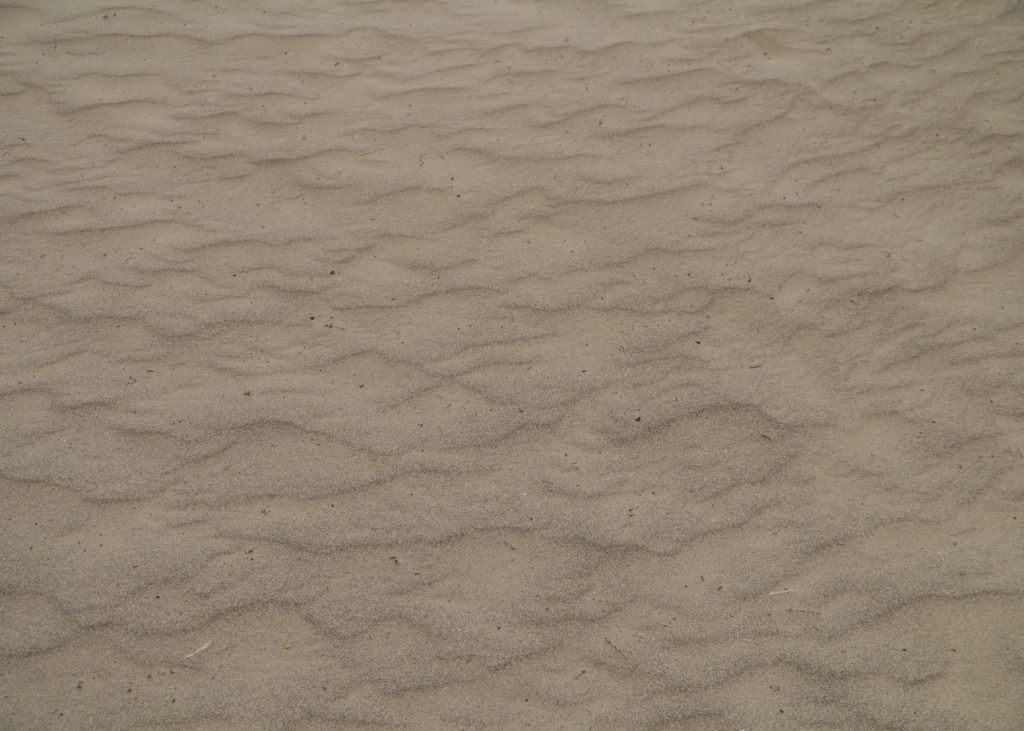
Sand Dune Patterns
“Darsan is a Hindu concept that constellates a sacred way of seeing. It refers to both seeing and being seen by the divine presence. It implies being gifted by the thing seen in a moment when the observer is receptive and respectful, and thus able to truly see.” ~ Laura Sewall, Sight and Sensibility
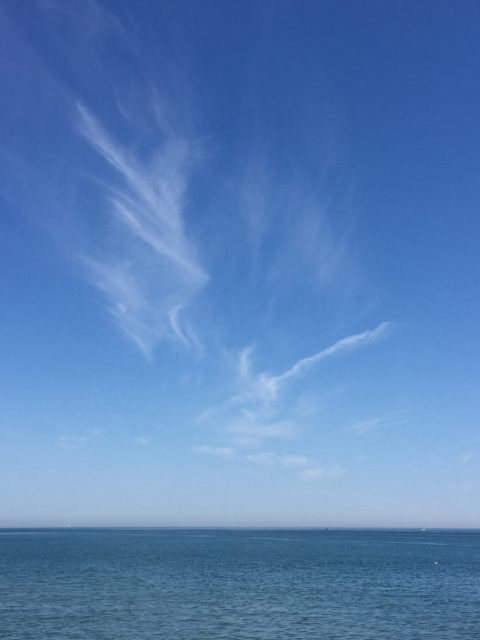 See Symbolically – To the Australian aboriginals, landscape is a symbol of and gateway to the unseen world. The power of metaphor and symbol are built into their way of seeing and being in the world. We can learn a lot from them.
See Symbolically – To the Australian aboriginals, landscape is a symbol of and gateway to the unseen world. The power of metaphor and symbol are built into their way of seeing and being in the world. We can learn a lot from them.
What Aboriginal people call the ‘strong eye’ originates from the center of the body, goes up to the third eye (center of the forehead) and then rays out into the world. It is practiced, assertive, and sees into. As hunters, they are trained to observe intensely and to uncover hidden meaning. They say that we who are not as connected to the earth have lost this ability. It is common for Aboriginal people to experience synaesthesia, where sensations merge and mix, and become undifferentiated. Sewall writes,
“The revelation born of seeing and feeling in one seamless, syaesthetic moment is that nothing in this world is unrelated, not a single thing. Distinctions blur and relationships emerge, shimmering and shining like light on water. Where does water end and light begin, anyway? We see the glitter, the relationship itself. Each thing of the world becomes more than it once appeared to be. And all of it quivers, dense with possibility.”
Sounds like that third, transcendent way of seeing. This is how the world begins to to have profound meaning.
Sewall concludes this section by stating that perception is relative and varies across time and cultures. What we see depends on the particular time we’re in, the energy we bring to the exchange, and the energy from the particular place – so many factors at play. Yet, we underestimate how much we can bring to the exchange.
Could this relational way of seeing change how we inhabit our world?
** Books mentioned have Amazon affiliate links, meaning I make a few cents if you purchase through my link. I only recommend books that I’ve read.